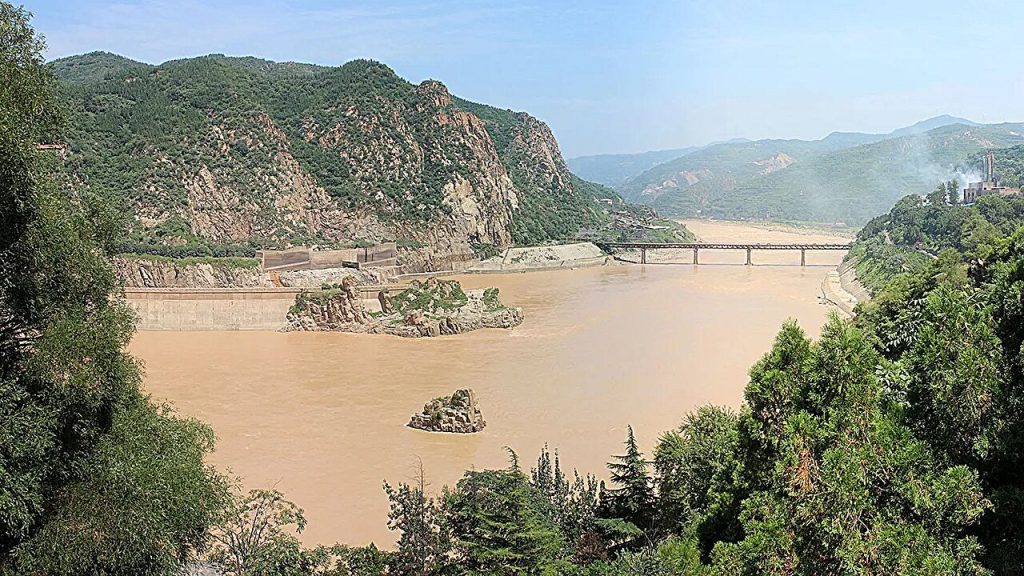
The Yellow River, which stretches from the Tibetan Plateau to the Bohai Sea in China, is so called because of the color lent by massive amounts of suspended sediments along its 5,400-kilometer length. Its waters, sediments, and nutrients support more than 100 million people and many endemic plant and animal species. China’s “Mother River” also transports metals such as iron, cobalt, arsenic, and platinum, a process with important implications for the health and evolution of downstream ecosystems.
Wang and team analyzed the metal content of water, particulate, and sediment samples collected from 57 locations along the Yellow River and its tributaries. They also extracted microbial DNA and fish tissues from the samples. Their goal was to assess how metal abundances varied throughout the river, its sediments, and local biology, or what the researchers refer to as the area’s “Earth-river-life complex.” The paper is published in the journal Water Resources Research.
In total, the authors identified 62 metals in their samples and found metal abundances spanned 10 orders of magnitude, with alkali and alkaline metals being the most common and platinum and lanthanide metals being the least common. The types and relative abundances of different metals were consistent across the water, sediment, and biological samples.
Gold, iridium, and palladium, however, were more abundant in the water than in the upper continental crust, which the authors attribute to human activities such as mining and smelting as well as natural processes such as evaporation.
They also found, in general, that the more abundant a metal was, particularly in sediments, the less toxic it was likely to be, though they detected elevated levels of highly toxic arsenic in their samples. Further, they identified 324 different metal-resistance genes in the river microorganisms studied. These genes allow organisms to survive in areas with toxic concentrations of metals and reflect how microbial life has adapted to cope with such hazards.
The researchers suggest that their study and similar work can offer useful information for updating regional water- and diet-related health guidelines, for example, to account for the high levels of arsenic identified.
More information:
Yidi Wang et al, Universal Coherence of Elements in River‐Fed Earth‐Human Systems, Water Resources Research (2024). DOI: 10.1029/2024WR037961
This story is republished courtesy of Eos, hosted by the American Geophysical Union. Read the original storyhere.
Citation:
Tracing metals from Earth to water to life in China’s Yellow River (2025, January 29)
retrieved 3 February 2025
from https://phys.org/news/2025-01-metals-earth-life-china-yellow.html
This document is subject to copyright. Apart from any fair dealing for the purpose of private study or research, no
part may be reproduced without the written permission. The content is provided for information purposes only.








